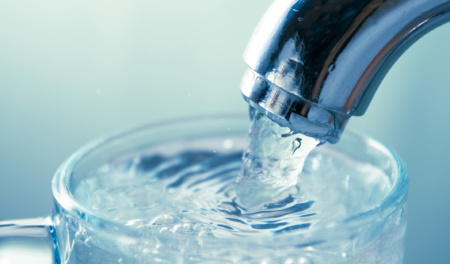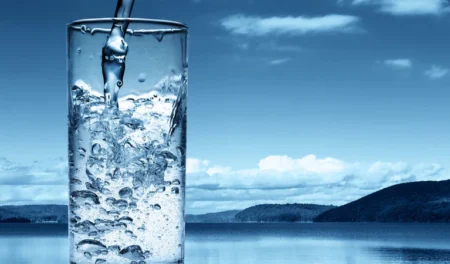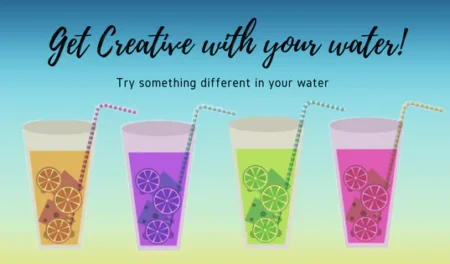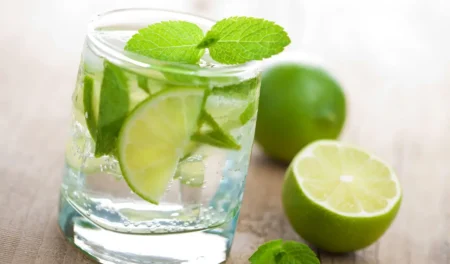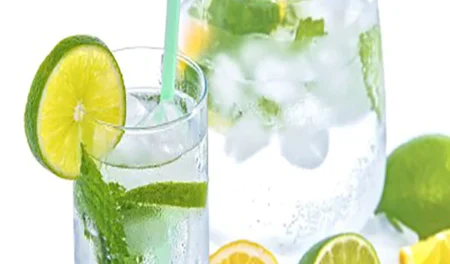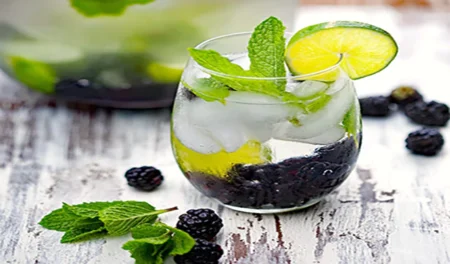Guide to Reverse Osmosis
Clean water is essential for health and daily living, and various methods exist to purify it. Common water purification methods include filtration, distillation, and ultraviolet treatment. Each method has its strengths and applications, but one of the most effective and widely used techniques is reverse osmosis (RO).
Reverse osmosis is a water purification process that removes contaminants from water by using pressure to force water molecules through a semi-permeable membrane. This process effectively removes impurities, making the water safe and clean for consumption. Reverse osmosis is becoming more common as it is one of the most effective ways to filter PFAs from water.
Understanding reverse osmosis is crucial for ensuring access to clean water, whether for household use, industrial applications, or commercial purposes. With the increasing demand for pure water and the growing concern over water pollution, reverse osmosis has become an essential technology in water treatment.
What is Reverse Osmosis?
Reverse osmosis (RO) is a water purification process that removes contaminants from water by using pressure to push water molecules through a semi-permeable membrane. This membrane allows only water molecules to pass through while blocking impurities and contaminants.
Movement of Water Through a Semi-Permeable Membrane
In the reverse osmosis process, water is forced through a semi-permeable membrane under pressure. The membrane has tiny pores that permit water molecules to pass but block larger molecules, such as salts, chemicals, and other impurities. This process effectively separates clean water from contaminants, resulting in purified water suitable for various uses.
Removal of Contaminants and Impurities from Water
Reverse osmosis is highly effective at removing a wide range of contaminants, including dissolved salts, bacteria, viruses, and chemical pollutants. By filtering out these impurities, reverse osmosis provides clean and safe drinking water, free from harmful substances.
History and Development of Reverse Osmosis
Brief History of RO Technology
The concept of reverse osmosis has been around since the mid-18th century, but it wasn’t until the 1950s that practical applications of the technology began to emerge. Initial research focused on developing membranes capable of filtering salt from seawater.
Early Applications and Advancements
Early applications of reverse osmosis were primarily in desalination, where it was used to convert seawater into potable water. Over the years, advancements in membrane technology and increased efficiency of the process have expanded its use.
Today, reverse osmosis is used in various industries, including pharmaceuticals, food and beverage production, and wastewater treatment, demonstrating its versatility and importance in modern water purification.
How Does Reverse Osmosis Work?
Osmosis is a natural process where water moves through a semi-permeable membrane from an area of low solute concentration to an area of high solute concentration, aiming to equalise the concentrations on both sides of the membrane.
Reverse osmosis, on the other hand, involves applying pressure to reverse this natural flow, forcing water from an area of high solute concentration to an area of low solute concentration through a semi-permeable membrane. This process separates water molecules from contaminants and impurities. The end result, is clean, filtered water.

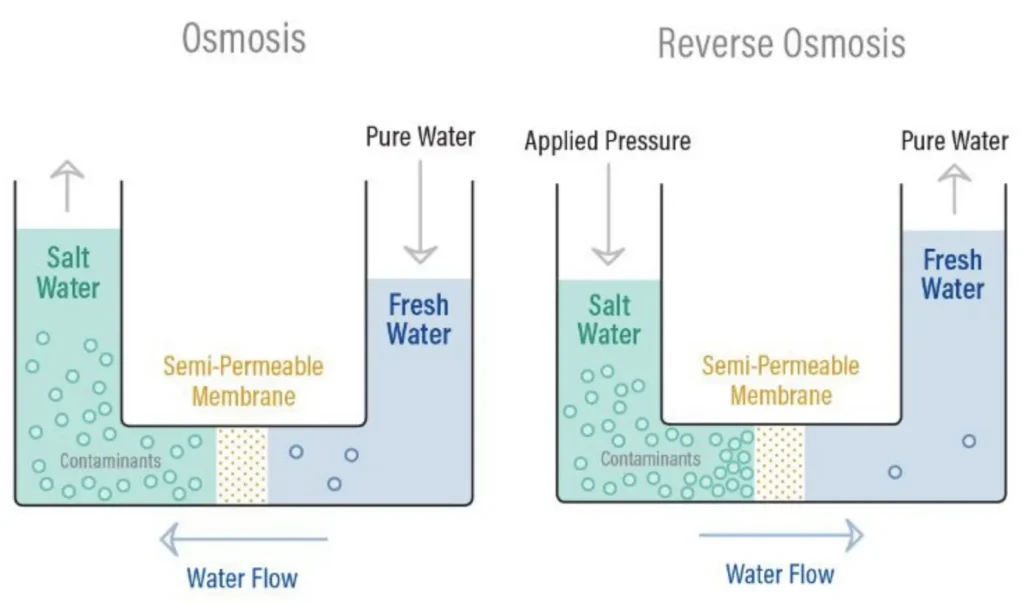
The Role of Pressure in the RO Process
Pressure is a critical factor in the reverse osmosis process. It is applied to the concentrated side of the membrane to overcome the natural osmotic pressure. This force drives water molecules through the membrane while leaving contaminants behind, resulting in the purified water on the other side.
Components of a Reverse Osmosis System
Semi-Permeable Membrane
The semi-permeable membrane is the core component of an RO system. It has tiny pores that allow water molecules to pass through while blocking larger contaminants, such as dissolved salts, bacteria, and other impurities.
Pre-Filters and Post-Filters
Pre-filters are used to remove large particles and chlorine from the water before it reaches the RO membrane. This helps protect the membrane and extend its lifespan. Post-filters, on the other hand, are used after the RO process to polish the water and remove any remaining impurities, ensuring the highest quality of purified water.
Storage Tank and Flow Restrictor
The storage tank holds the purified water produced by the RO system until it is needed. A flow restrictor is used to control the flow rate of water through the RO membrane, ensuring optimal pressure and efficiency in the purification process.
Stages of the Reverse Osmosis Process
1. Pre-Filtration: Removal of Large Particles and Chlorine
In the pre-filtration stage, water passes through pre-filters that remove larger particles, such as sediment, and chlorine. This step is essential for protecting the RO membrane from damage and clogging.
2. Reverse Osmosis: Separation of Water Molecules from Contaminants
During the reverse osmosis stage, the pre-filtered water is forced through the semi-permeable membrane under pressure. This separates water molecules from contaminants, allowing only pure water to pass through while impurities are left behind.
3. Post-Filtration: Final Polishing of the Water
In the post-filtration stage, the purified water from the RO membrane passes through a final filter to remove any remaining tastes or odours, ensuring the water is clean and pleasant to drink.
Types of Contaminants Removed by Reverse Osmosis
The effectiveness of reverse osmosis in removing impurities depends on the size and nature of the contaminants. RO systems are particularly effective against dissolved salts, heavy metals, and organic compounds, making them an excellent choice for producing high-quality, purified water for various uses.
What Can Reverse Osmosis Filter From Water?
Reverse osmosis is highly effective at removing a wide range of contaminants from water. Some common impurities that RO systems can eliminate include:
- Lead,
- chlorine
- fluoride
- Nitrates
- Various dissolved salts
- organic compounds
- PFAs and PFOs
Benefits of Reverse Osmosis
Reverse osmosis is highly regarded for its ability to purify water by removing impurities and contaminants. This process significantly enhances the taste and safety of drinking water, making it a reliable choice for households and businesses. Its efficiency in providing clean water contributes to its popularity and cost-effectiveness, offering a dependable solution for those seeking high-quality water.
Improved Water Quality & Taste
Reverse osmosis systems significantly enhance the quality and taste of water by removing impurities and contaminants. The elimination of substances such as chlorine, lead, and other harmful chemicals results in water that is not only safe to drink but also has a clean and refreshing taste.
Health Benefits from Reduced Contaminants
Using reverse osmosis to purify water reduces the presence of harmful contaminants that can negatively affect health. By filtering out heavy metals, pesticides, bacteria, and viruses, RO systems provide water that supports better overall health and reduces the risk of waterborne illnesses.
Environmental Benefits Compared to Bottled Water
Reverse osmosis systems offer significant environmental benefits over bottled water. By providing a reliable source of clean water at home, RO systems reduce the need for plastic bottles, which are a major contributor to environmental pollution. This helps lower the carbon footprint associated with the production, transportation, and disposal of bottled water.
Cost-Effectiveness Over Time
While the initial investment in a reverse osmosis system can be higher than other water filtration systems, the long-term savings are substantial. RO systems provide a continuous supply of clean water at a fraction of the cost of bottled water. Over time, the reduced expenditure on bottled water and the system’s durability make it a cost-effective solution for accessing purified water.
Applications of Reverse Osmosis
Household Use (Drinking Water & Cooking)
Reverse osmosis systems are commonly used in households to provide clean and safe drinking water. Set up as a kitchen water filter system and combined with whole-house filtration systems, they also improve the quality of water used for cooking, ensuring that meals are prepared with the purest water possible.
Industrial Use (Manufacturing Processes, Pharmaceuticals, and Food Production)
In the industrial sector, reverse osmosis is vital for processes that require high-purity water. It is extensively used in the manufacturing of electronics, pharmaceuticals, and food production, where water quality is critical to the final product’s safety and effectiveness. Reverse osmosis has even been proven effective in groundwater treatment by the beverage industry.
Commercial Use: Restaurants, Hotels, and Office Buildings
Commercial establishments such as restaurants, hotels, and office buildings use reverse osmosis systems to ensure their water supply meets health and safety standards. This application helps maintain the quality of food and beverages served and provides employees and guests with access to clean water.
Maintenance and Care of Reverse Osmosis Systems
Regular Filter Changes and System Checks
To ensure optimal performance, it is essential to regularly change the filters in a reverse osmosis system. Routine system checks can help identify and address any issues before they become significant problems, maintaining the system’s efficiency and water quality.
Common Issues and Troubleshooting
Some issues that can occur over longer periods of time with reverse osmosis systems include reduced water flow, unusual tastes or odours, and leaks. Troubleshooting these problems often involves checking the filters, membrane, and connections for any signs of wear or damage and replacing components as needed.
Tips for Extending the Lifespan of an RO System
To extend the lifespan of a reverse osmosis system, users should perform regular maintenance, use high-quality replacement filters, and ensure proper installation. Additionally, protecting the system from extreme temperatures and contaminants can help maintain its functionality over time.
Final Thoughts on Reverse Osmosis
Reverse osmosis is a highly effective method for purifying water, removing a wide range of contaminants to provide clean, safe, and great-tasting water. Its applications span household, industrial, and commercial uses, highlighting its versatility and importance.
Given its benefits, investing in a reverse osmosis system can be a smart decision for anyone seeking to improve their water quality. Whether for personal use or business purposes, RO systems offer a reliable solution for accessing purified water.
As concerns over water quality and pollution continue to grow, reverse osmosis technology will play an increasingly crucial role in ensuring access to clean water. Ongoing advancements in RO systems promise even greater efficiency and effectiveness, making them an integral part of the future of water purification.
For Help With Water Filtration Solutions
If you need assistance with choosing the right water filtration solution for your home or business, Aussie Water Coolers is here to help. Our team of experts can provide you with personalised advice and support to ensure you find the best system for your needs. Whether you have questions about installation, maintenance, or the benefits of different filtration methods, we’re ready to assist you.
Reach out to us today online or give us a call and we’d be more than happy to walk you through your options.
Shop Online for Reverse Osmosis Systems & Other Water Filtration
Explore our wide selection of water filtration systems and products designed to deliver the highest quality water. From reverse osmosis systems and whole-house filters to countertop units and replacement filters, we have everything you need to enjoy clean, great-tasting water. Our products are carefully selected for their reliability, efficiency, and ease of use, ensuring you get the best performance and value. Shop our range of filters online now or contact us to find something specific.



